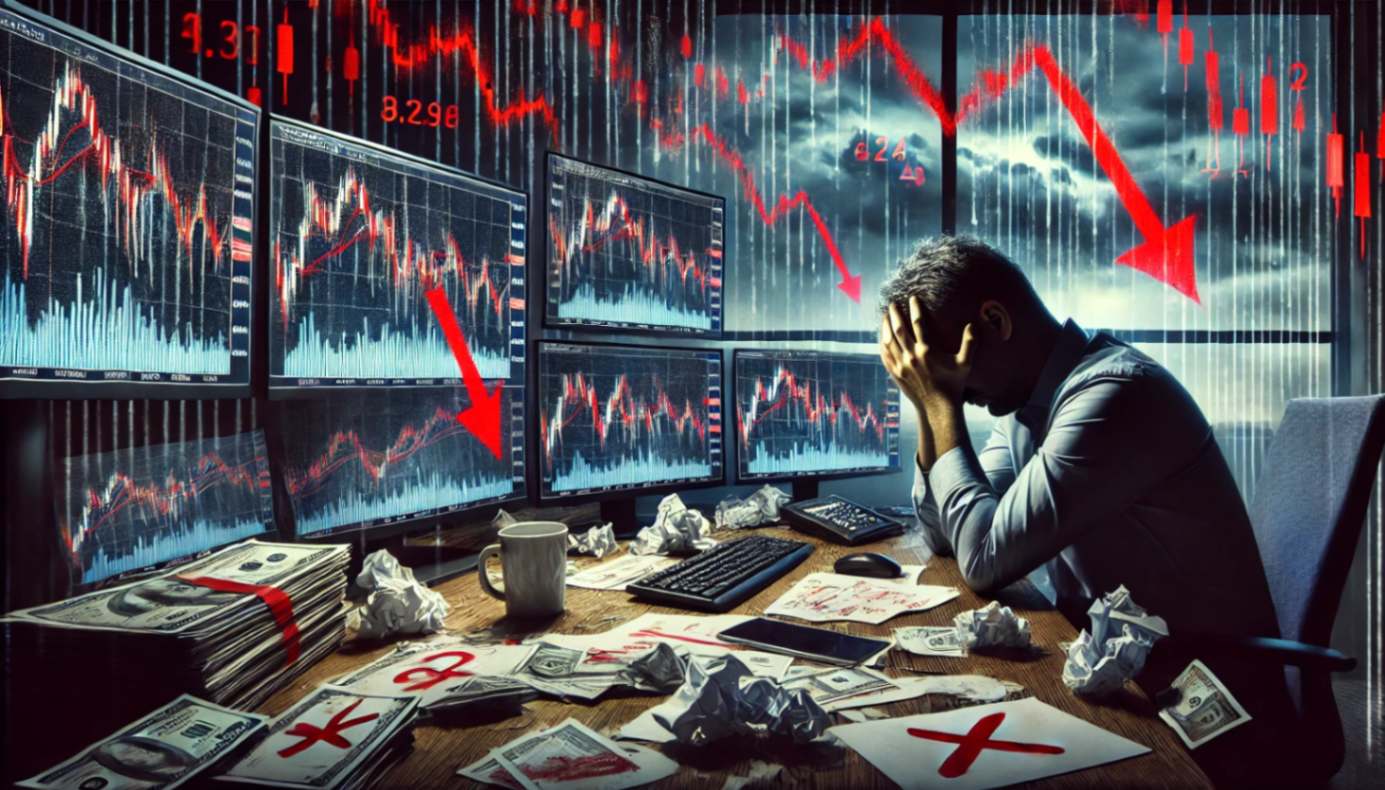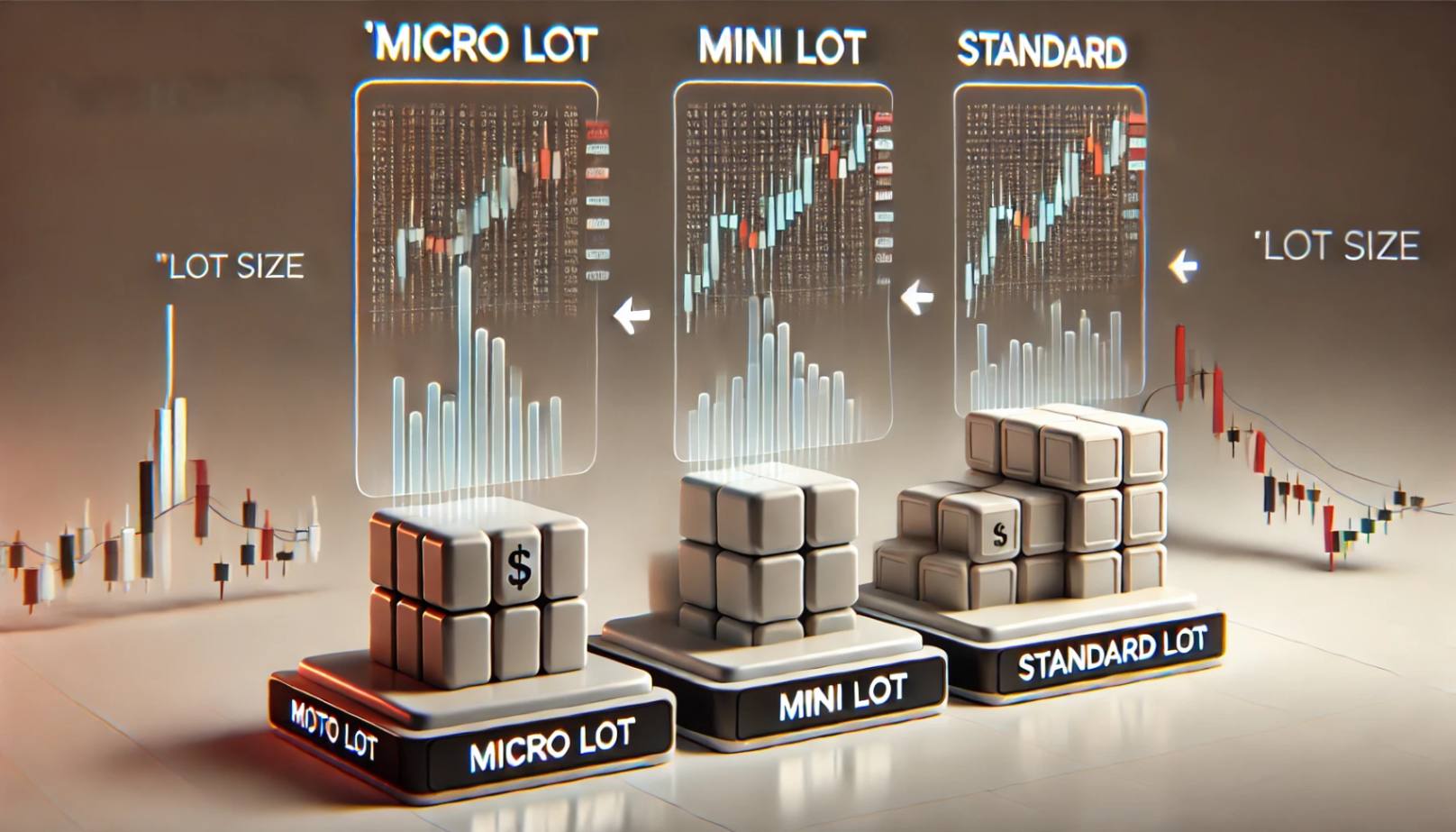Trading forex can feel like walking a tightrope. One minute you’re up, and the next, you’re wondering where it all went wrong. If you’ve ever felt this way, you’re not alone. The forex market is notoriously tricky, but with the right education, you can turn that tightrope into a well-paved road. Let’s dive into the secrets of successful forex trading, where we’ll uncover the hidden gems that can make all the difference.
Understanding the Forex Market
Before jumping into the deep end, let’s start with the basics. The forex market, short for foreign exchange, is where currencies are traded. It’s the largest financial market in the world, with trillions of dollars exchanged daily. But unlike other markets, forex doesn’t have a centralized exchange. Instead, it’s a global network of banks, brokers, and traders.

The Importance of Currency Pairs
When trading forex, you’re always dealing with currency pairs. You’re not just buying or selling a single currency; you’re buying one and selling another simultaneously. For example, in the EUR/USD pair, if you think the Euro will strengthen against the US Dollar, you would buy EUR/USD. Sounds simple, right? But here’s where it gets tricky: the value of a currency pair is influenced by a myriad of factors, from economic data to geopolitical events.
Navigating the World of Forex Brokers
Choosing the right broker is like picking a dance partner. You want someone reliable, trustworthy, and compatible with your trading style. Brokers offer different types of accounts, leverage, spreads, and platforms. It’s crucial to do your homework and find one that meets your needs. Remember, a bad broker can ruin even the best trading strategies.
Mastering the Basics: Pips, Lots, and Leverage
If you’ve been around the forex block, you’ve probably heard terms like pips, lots, and leverage thrown around. But what do they really mean? A pip is the smallest price move a currency can make. Lots refer to the size of your trade, and leverage is like a double-edged sword—it can amplify your gains and your losses. Understanding these concepts is crucial because they directly impact your profit and loss.

Technical Analysis: Reading the Charts
Imagine trying to drive a car with no dashboard. You wouldn’t know how fast you’re going or when you’re low on gas. That’s what trading without technical analysis feels like. Technical analysis involves studying charts and using indicators like moving averages, RSI, and MACD to predict future price movements. It’s not foolproof, but it gives you a roadmap to follow.
Fundamental Analysis: The Bigger Picture
While technical analysis focuses on past price movements, fundamental analysis looks at the bigger picture. It involves analyzing economic data, like GDP, inflation, and employment figures, to determine a currency’s value. It’s like being a detective, piecing together clues to figure out where the market is headed. The downside? It’s not always straightforward. Markets can react unpredictably to news, and what’s logical doesn’t always happen.
Risk Management: Protecting Your Capital
Let’s face it: trading is risky. But that doesn’t mean you should throw caution to the wind. Successful traders are like skilled surfers—they know how to ride the waves without wiping out. Risk management is all about protecting your capital and minimizing losses. It involves setting stop-loss orders, limiting your position size, and not risking more than you can afford to lose.

Psychology of Trading: Mastering Your Emotions
Ever heard the saying, “The market is 90% psychology”? It’s true. Your emotions can be your worst enemy when trading. Fear can make you exit a trade too early, while greed can make you stay in too long. Mastering your emotions is crucial for long-term success. It’s about staying calm, disciplined, and not letting a few bad trades shake your confidence.
Developing a Trading Strategy
Think of trading without a strategy as wandering in a forest without a map. You might get lucky and find your way out, but chances are, you’ll get lost. A trading strategy is your roadmap. It outlines your entry and exit points, risk management rules, and the type of trades you’ll make. The key is to stick to your plan and not let emotions dictate your decisions.
Backtesting and Refining Your Strategy
Imagine buying a car without taking it for a test drive. That’s what trading without backtesting your strategy is like. Backtesting involves applying your trading strategy to historical data to see how it would have performed. It’s a way to iron out the kinks and refine your approach. Remember, a strategy that worked in the past isn’t guaranteed to work in the future, but it’s a good starting point.

The Role of Education and Continuous Learning
The forex market is ever-changing, and what worked yesterday might not work today. That’s why continuous education is vital. Whether it’s reading books, taking courses, or joining trading forums, the more you learn, the better equipped you’ll be. Think of it as sharpening your sword—the sharper it is, the better you’ll be able to cut through the market’s noise.
Common Pitfalls and How to Avoid Them
Even the best traders make mistakes. The difference between successful and unsuccessful traders is how they learn from those mistakes. Common pitfalls include overtrading, not using stop-loss orders, and letting emotions dictate your trades. The key is to recognize these mistakes and take corrective action. It’s not about being perfect; it’s about being better.

Conclusion
Forex trading is like a marathon, not a sprint. It’s a journey filled with ups and downs, but with the right education, tools, and mindset, you can navigate the market successfully. Remember, there are no shortcuts to success. It takes time, effort, and a willingness to learn. So, are you ready to unlock the secrets to successful forex trading?
FAQs
1. What is a pip in forex trading?
A pip is the smallest price movement a currency pair can make, typically measured to the fourth decimal place.
2. How important is choosing the right broker?
Choosing the right broker is crucial, as it affects your trading conditions, including spreads, leverage, and platform features.
3. What is the difference between technical and fundamental analysis?
Technical analysis focuses on past price movements and charts, while fundamental analysis looks at economic data and news events.
4. How can I manage risk in forex trading?
Risk management involves setting stop-loss orders, limiting position sizes, and not risking more than you can afford to lose.
5. Why is continuous learning important in forex trading?
The forex market is constantly changing, and continuous learning helps you stay updated with new strategies and market trends.
